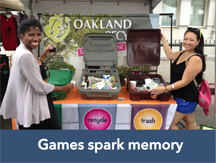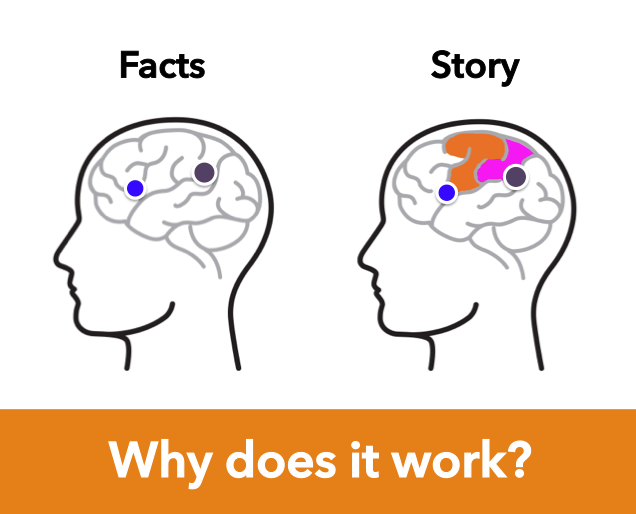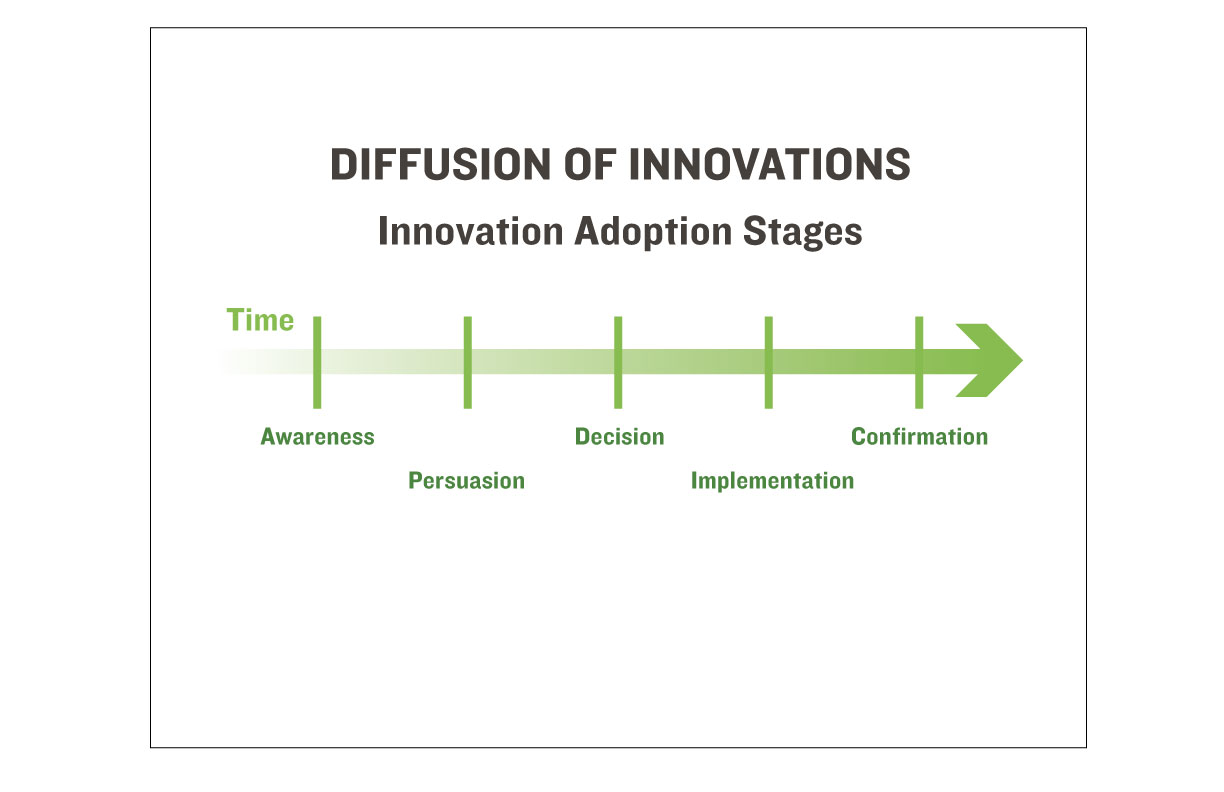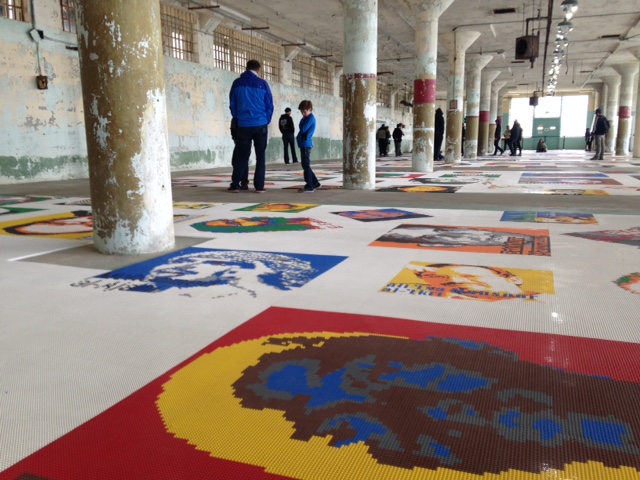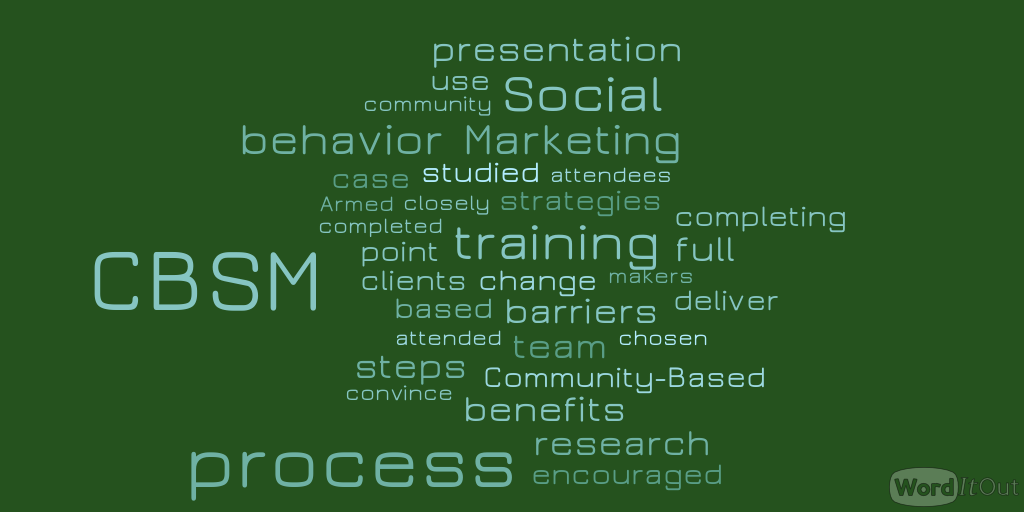This post is the third in a three-part series summarizing our presentation on messaging at this year’s California Resource Recovery Association (CRRA) conference: “Not Just the Facts, Ma’am: Getting Your Message to Matter.”
At this point in the story you now know the power of emotional appeal and storytelling. Now it’s time to add another element to the mix: vivid communication.
By vivid communication, we mean communication that forms distinct and striking mental images. Vivid communication works because it gets attention and aids recall. Without attention, there is no recall. Without recall, there is no action.
Consider these five techniques to incorporate vivid communication to your projects.
1) Make the Invisible, Visible.
Take a look at this ad campaign from Georgia’s Clean Air Program. This is a clever way to depict the positive impact of public transit and carpool options on Atlanta’s freeways.
2) Relate to what people know.
PG&E learned how to weave vivid communications into scripts. PG&E noticed when they sent auditors to visit homeowners to talk about weather stripping, caulking and attic insulation alone – they did not see homeowners take action to correct issues.
However, once auditors were trained to incorporate vivid communication into their discussions with homeowners, they noticed a significant increase in repairs being made. For example, if an auditor found a lack of insulation in the attic they would say “We call that a ‘naked attic’ – it’s as if your home is facing winter not just without a coat, but without any clothing at all.
3) Illustrate your data.
Yes, facts are important! However, facts with visuals can really get your point across. It’s one thing to say a glacier receded eight miles in 100 years and another eight miles in the last 10 years; we hit another level of comprehension when those facts are illustrated visually.
4) Create an infographic.
This technique is perfect for grabbing someone’s attention and keeping it.
5) Engage the senses.
We created a three-cart game for Oakland Recycles to promote composting and recycling behaviors. The game begins with a noisy and attention-getting prize wheel. The prize wheel lands on a photo of a common discard and the player must find the game piece and walk over and determine which is the proper cart to use. The booth team coaches players as needed and we encourage them to look for clues under the lids. The player is engaged kinetically by taking the item, recognizing what it is and physically placing it in the right cart. This aids recall when they are back home and encountering the same item.
Remember…
No matter the budget dollars behind your campaign, you can weave vivid communications into all your existing outreach efforts including newsletters, bill inserts, presentations, social media posts, event tabling and more! You can change the script, add imagery feature community members, even add a game or activity.




